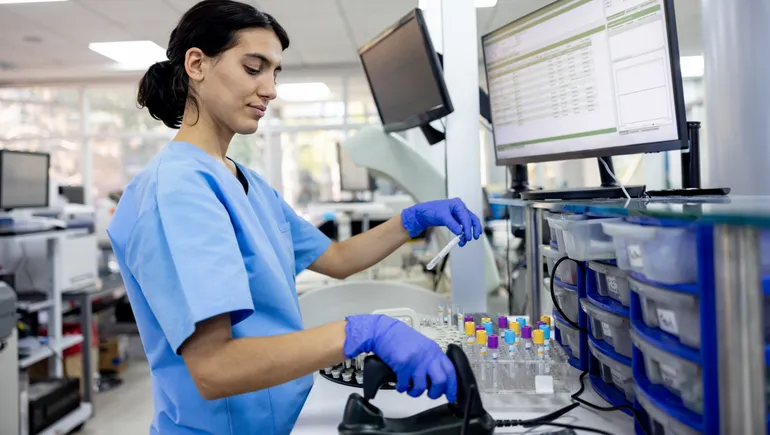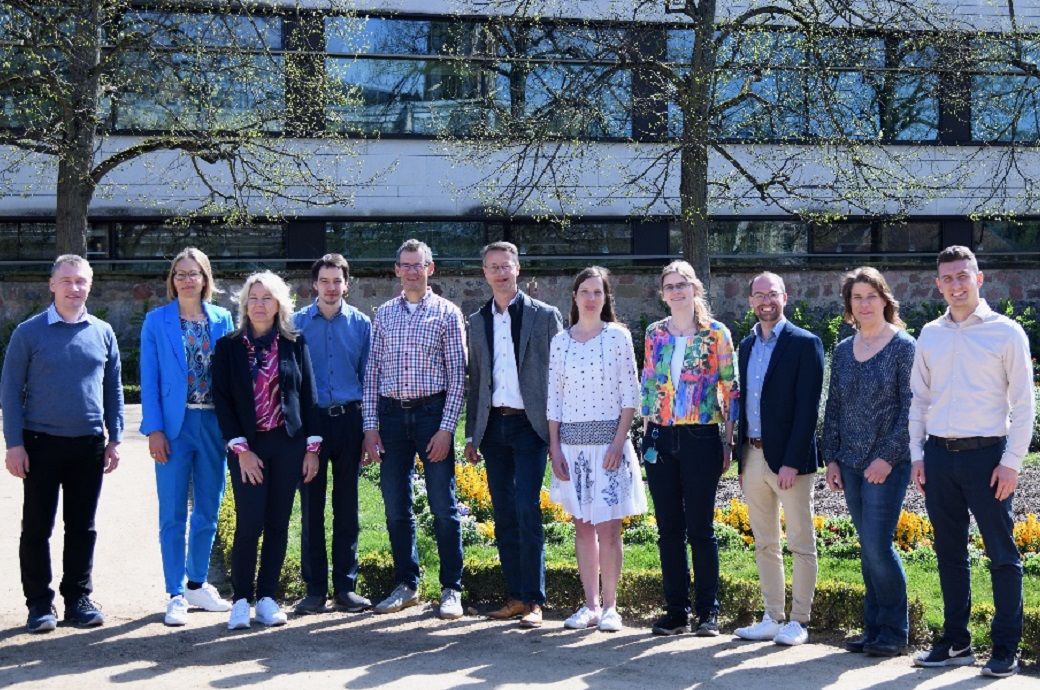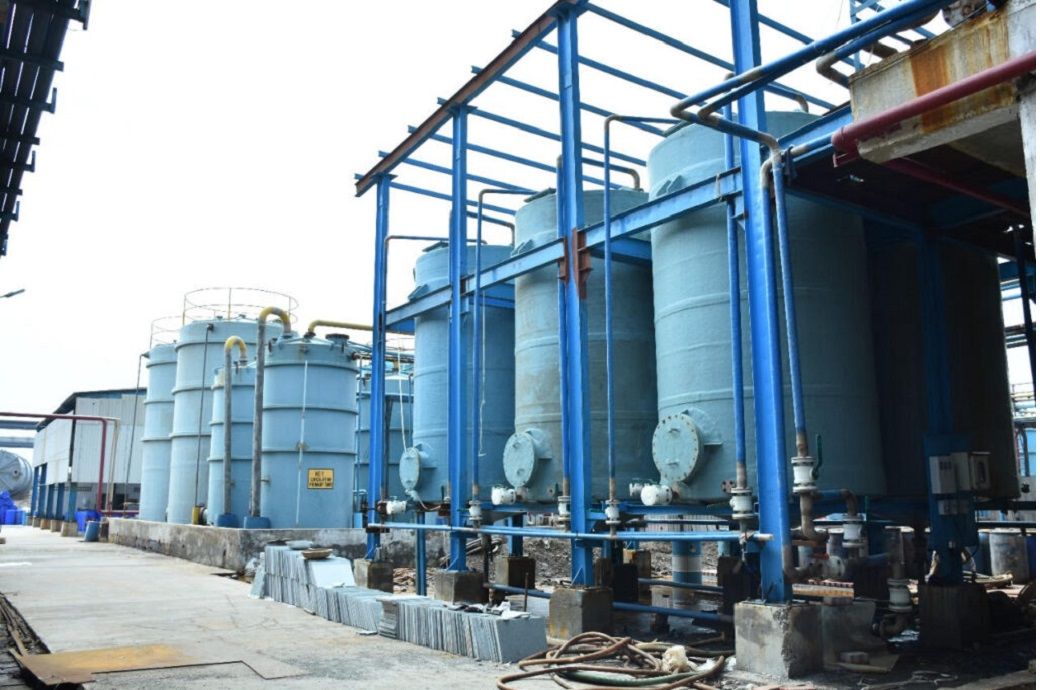Deciphering the Benefits of Coordinated Binders in Si‐Based Anodes by Combined Operando/In Situ and Ex Situ X‐Ray Micro‐ and Nano‐Tomographies
Advanced Energy Materials, Volume 15, Issue 6, February 11, 2025.

The benefits of a simple, yet efficient, method to boost the mechanical and chemical stability of Si-based electrode microstructure through the addition of a Zn(II) precursor to a carboxylic binder is demonstrated thanks to a cross-correlated multiscale workflow based on operando/in situ and ex situ X-ray tomography analyses.
Abstract
The simple addition of a Zn(II) precursor to a preoptimized poly(carboxylic acid) binder solution enhances the electrochemical performance and cycle life of silicon-based electrodes. The binder/cation couple forms a cross-linked coordinated binder that plays a key role in enhancing the mechanical and chemical stability of the electrode microstructure. The impact of the addition of the Zn precursor on the microstructural evolution of the electrode during cycling is investigated at different scales (from cell/electrode to silicon particle scale) using complementary operando, in situ, and ex situ X-ray tomography techniques. Comparative analyses conducted on the reference and with Zn electrode formulations using operando and in situ X-ray micro-tomography allow for monitoring of the electrode morphological deformations along with the crack pattern formation and evolution during cycling. The benefits of the precursor addition include enhancing the mechanical stability of the electrode through a strengthened microstructure more apt to maintaining its integrity, as well as a better anchoring to the current collector leading to decreased electrical disconnections and capacity fade. Moreover, complementary ex situ X-ray nano-tomography measurements highlight the benefits of the precursor addition in terms of chemical stability with mitigated solid electrolyte interface (SEI) formation over the electrode cycling.













































































































































































